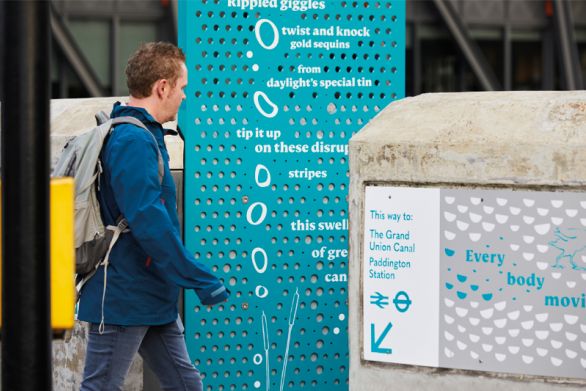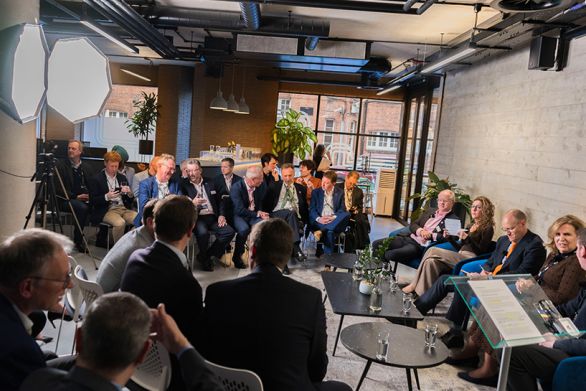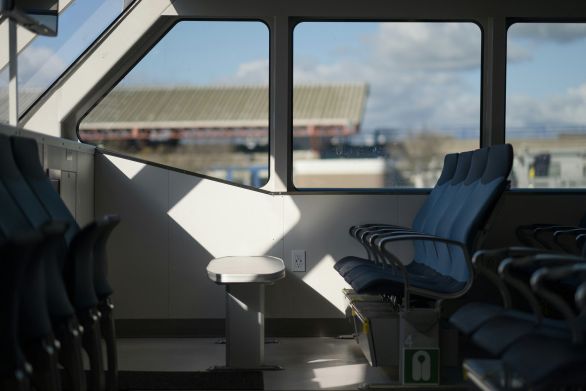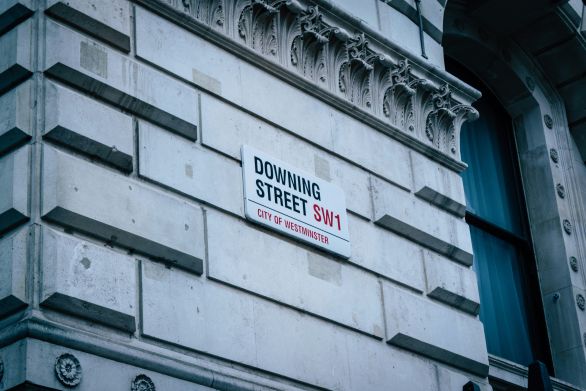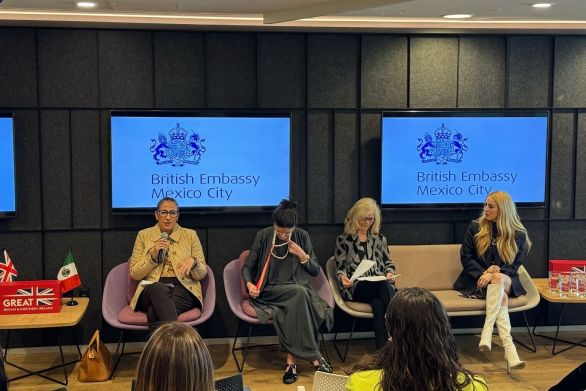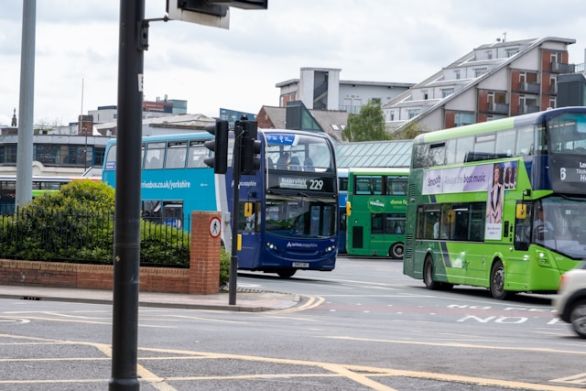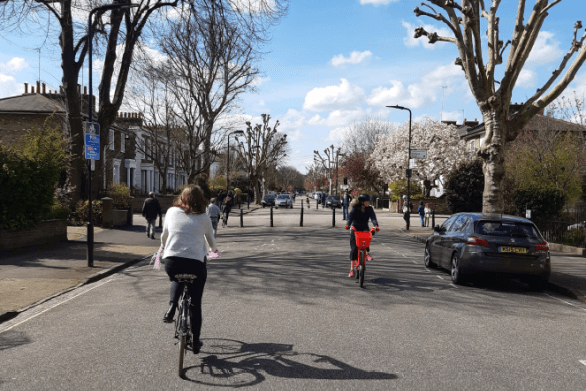Moscow has been ranked third on the list of world cities with the highest level of traffic jams according to the Financial Times ratings.
Since the Soviet Union collapsed twenty years ago, Moscow’s population has increased by 30% to 11.5 million people, and as cars have become more affordable the city has witnessed explosive growth in car ownership and use.
Today more than six million cars are driven daily in Moscow, resulting in severe traffic problems. Lack of parking controls are also affecting congestion problems as city centre drivers typically circulate in an area looking for on-street parking. At the busiest times traffic can become stationary with motorists double parking or coming to a standstill on pavements, making them impassable for pedestrians.
Data published by the city’s transport department shows that the average car journey undertaken during rush hour lasts well over an hour. Moscow officials are now tackling this issue head on and major initiatives are being kick-started to tackle the congestion problem. By 2025, the city authority wants to cut the average commute time by a third, get more of the 11.5 million people who live in the city to use public transport, and encourage more walking and cycling.
One of their first steps has been to tackle city centre parking. Parking controls are being introduced and drivers will be charged 50 roubles (£1) an hour to park in one of the designated parking spaces created in the city centre. The key motivator is that traffic congestion affects business. Foreign investors are increasingly opting against getting involved in the city as congestion and pollution are making it a less appealing place to live.
Steer Davies Gleave has been active in Russia since 2008 and we’ve undertaken a number of road, rail and airport infrastructure projects, many involving private finance. Earlier this year, we were approached to support a multidisciplinary team developing the new transport plans for Moscow. As part of the parking control remit, we were asked to develop the walking and cycling strategy to reconnect and reclaim Moscow’s streets, squares and public spaces for pedestrians.
SDG’s Peter Piet, lead designer on theproject, said, “our objective was to develop a strategy for the city centre that balances the needs of drivers, public transport, cyclists and pedestrians to increase use of public transport, reduce conflict between vehicles and pedestrians, reduce air and noise pollution, and encourage tourism and help business.”
Cross-sections and 3D visualisations illustrated a staged approach to implementation for the city authorities. A best practice review of comparable world cities demonstrated real-world examples of solutions to Moscow’s walking and cycling issues.
Steer Daies Gleave’s international experience, in particular our North American insights and credentials, was really valued by Moscow officials. Russia’s transport planning market is growing and we want to be a part of it.
